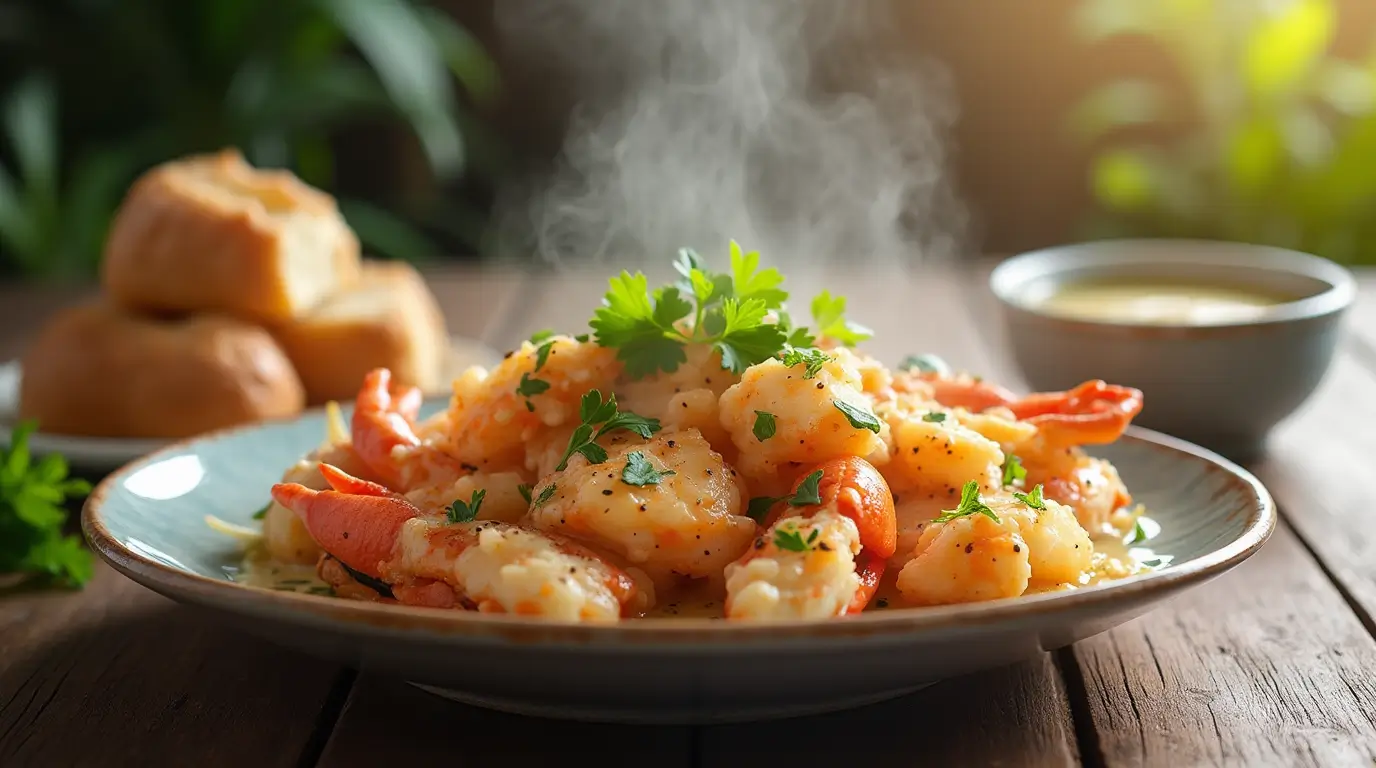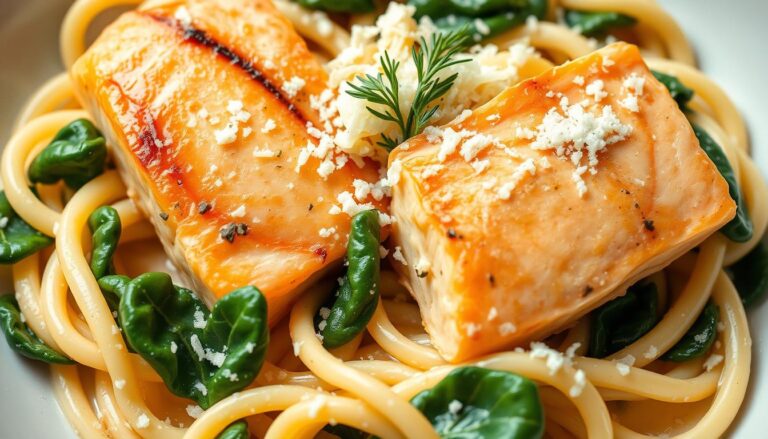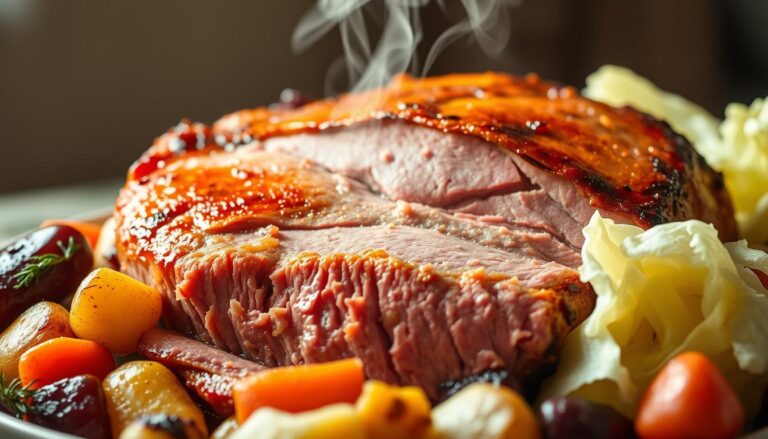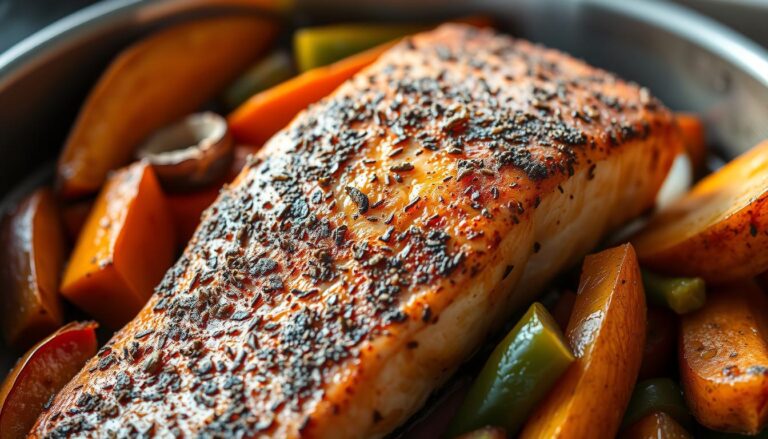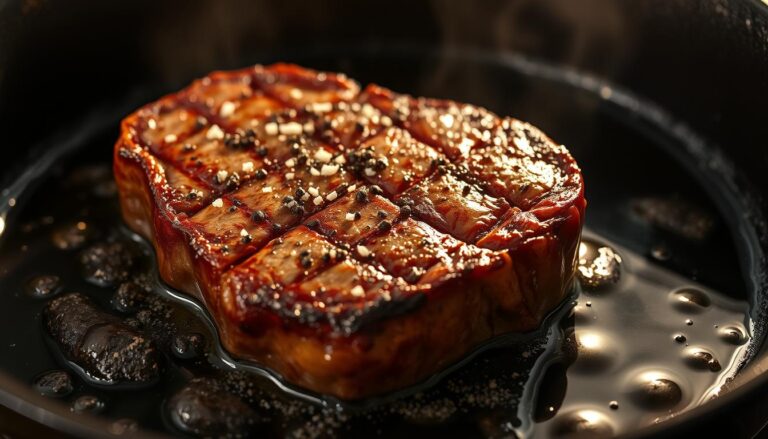How to Cook Crab Meat – The Best Ways to Enjoy This Seafood Delicacy
There’s something magical about enjoying a perfectly prepared seafood dish. Whether it’s a special occasion or a cozy night in, the delicate flavors of crab meat can turn any meal into a memorable experience. If you’ve ever wondered how to make the most of this versatile ingredient, you’re in the right place.
This guide is your ultimate resource for cooking with crab meat. From understanding its nutritional benefits to exploring its global culinary uses, we’ll walk you through everything you need to know. Whether you’re crafting a creamy dip, flavorful crab cakes, or a hearty pasta dish, we’ve got you covered.
What makes this ingredient so special? It’s not just its rich taste but also its low fat content and high protein value. Plus, with different types available—like lump, claw, and jumbo—you can experiment with textures and flavors to create the perfect dish. Let’s dive in and discover how to elevate your cooking with this seafood delicacy.
Table of Contents
Selecting and Understanding Quality Crab Meat
Quality is key when it comes to preparing seafood. Whether you’re making a cake or a hearty soup, the product you choose determines the final outcome. Understanding the different grades and varieties helps you make the best choice for your recipe.
Exploring Different Grades and Varieties
Seafood comes in various grades, each with its unique characteristics. For instance, jumbo lump is prized for its large, tender pieces, perfect for elegant dishes. Backfin, on the other hand, offers smaller chunks ideal for cakes and dips.
Handpicked seafood often retains more natural flavor compared to machine-processed options. This method ensures the product remains intact, preserving its delicate texture and taste. When selecting, look for labels that specify hand processing for the best results.
Recognizing Freshness and Texture
Freshness is easy to spot if you know what to look for. The color should be vibrant, not dull or discolored. A fresh fish or seafood product will have a clean, ocean-like aroma, free from any sour or off-putting smells.
Texture is another important indicator. High-quality seafood feels firm to the touch, not mushy or slimy. Whether you’re using leg meat or other cuts, these signs ensure you’re getting the best product for your dish.
By paying attention to these details, you can elevate your cooking and create dishes that truly stand out.
Cooking Techniques and Recipes with Crab Meat
Discover the joy of creating restaurant-quality meals at home. With the right techniques, you can transform this seafood delicacy into dishes that impress every time. Whether you’re a beginner or a seasoned cook, these methods and recipes will elevate your culinary game.
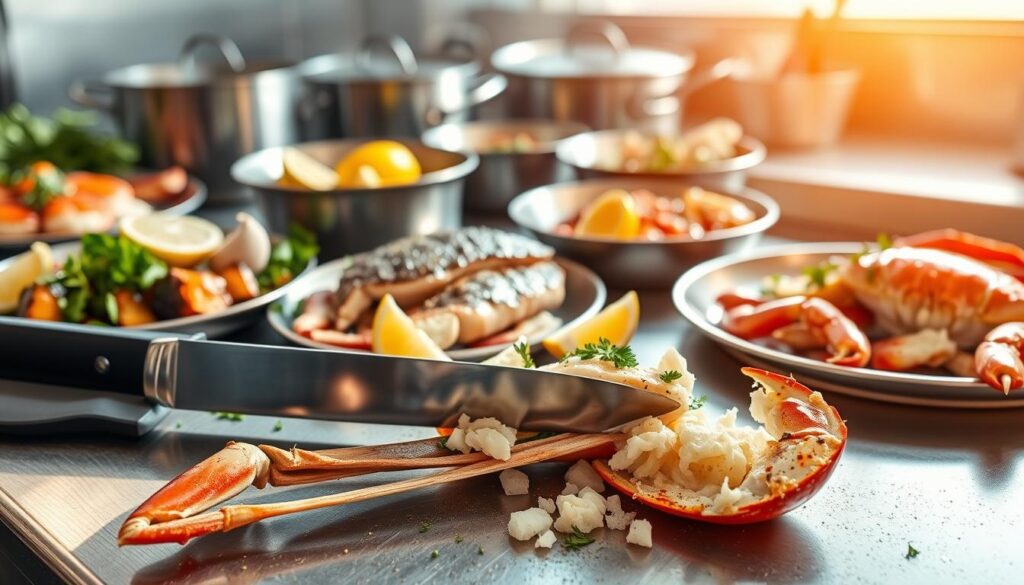
Mastering Basic Cooking Methods
Start with the basics to bring out the best in your ingredients. Boiling is a simple way to cook snow crab legs, preserving their natural sweetness. Use salted water and a touch of lemon for added flavor.
Steaming is another gentle method that locks in moisture. It’s perfect for delicate species like Jonah crab. Sautéing, on the other hand, adds a rich, caramelized taste. Pair it with garlic and butter for a classic combination.
Signature Crab Cakes and Delicious Dip Ideas
Crab cakes are a crowd-pleaser. Combine fresh ingredients like breadcrumbs, eggs, and Old Bay seasoning. Chill the mixture before cooking to prevent crumbling. Serve with a tangy remoulade sauce for extra flavor.
For a quick appetizer, try a creamy dip. Mix it with cream cheese, mayo, and spices. Bake until bubbly and golden. Pair it with crackers or fresh veggies for a delightful snack.
Innovative Pairings and Presentation Tips
Enhance your dishes with creative pairings. Add fresh herbs like dill or parsley for a pop of color. Citrus fruits like lemon or lime brighten the flavor profile.
Presentation matters too. Serve your creations on a bed of greens or in a hollowed-out sourdough loaf. These small touches make a big impact.
By using high-quality ingredients and these techniques, you’ll create meals that are as beautiful as they are delicious.
Unique Culinary Tips and Sustainable Seafood Practices
Making ethical choices in the kitchen starts with sourcing responsibly. When it comes to seafood, sustainability and flavor go hand in hand. By selecting high-quality ingredients and adopting mindful practices, you can enjoy delicious dishes while protecting marine ecosystems.

Sourcing Authentic Maryland Blue Crab
Maryland blue crab is renowned for its sweet taste and delicate texture. To ensure authenticity, look for products labeled as handpicked and locally sourced. Handpicked crab retains its natural flake structure, offering a superior texture compared to machine-processed options.
Imported varieties often lack the same freshness and taste. By choosing local, you support sustainable fishing practices and enjoy a richer culinary experience. Always check for certifications like MSC (Marine Stewardship Council) to confirm ethical sourcing.
Caring for Shelf Life and Flavor Preservation
Proper storage is key to maintaining the shelf life and taste of your seafood. Keep it refrigerated at 32°F to 38°F and use it within two days of purchase. For longer storage, vacuum-sealed packaging helps preserve its white color and texture.
Freezing is another effective method. Wrap the crab tightly in plastic wrap and place it in an airtight container. This prevents freezer burn and keeps the flakes intact. When thawing, do so slowly in the refrigerator to retain its natural taste and texture.
| Storage Method | Duration | Tips |
|---|---|---|
| Refrigeration | 2 days | Keep at 32°F to 38°F |
| Freezing | Up to 3 months | Use airtight containers |
| Vacuum Sealing | Up to 6 months | Preserves color and texture |
By following these tips, you can enjoy the full taste and texture of your seafood while supporting sustainable practices. Every choice you make in the kitchen contributes to a healthier planet.
Conclusion
Exploring the world of seafood opens up endless possibilities for delicious meals. From a creamy crab dip to a refreshing salad, there’s a way to enjoy this versatile ingredient every day. By choosing high-quality products and using proper techniques, you can elevate your dishes to restaurant-level perfection.
Remember, sustainable practices matter. Sourcing responsibly ensures that future generations can enjoy the same flavors we cherish today. Whether you’re crafting a classic roll or experimenting with new pairings, every dish becomes a celebration of country’s rich culinary heritage.
Ready to get started? Dive into the recipes and tips shared in this guide. With fresh ingredients and a bit of creativity, you’ll create meals that impress and inspire. Every great day in the kitchen begins with quality seafood—so why not make today that way?

